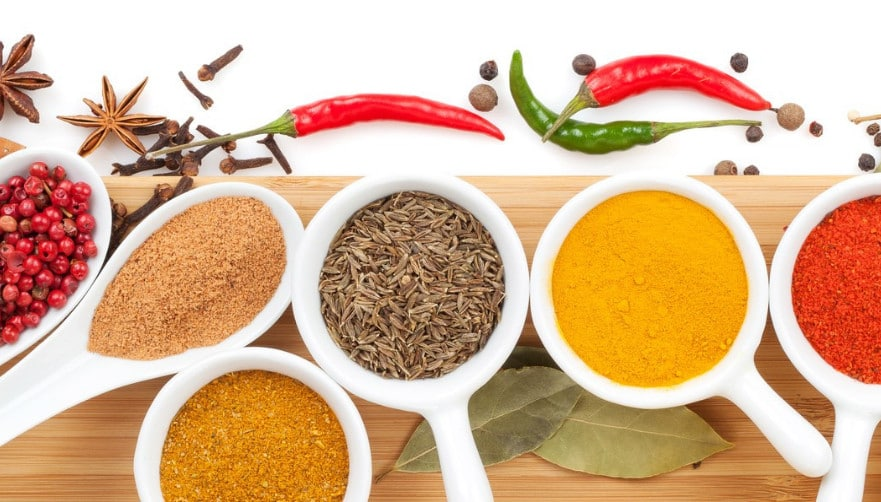





Disclaimer: Copyright infringement not intended.
Context:
Details:
Bans:
|
Ethylene oxide and the health concerns ●EtO is a colourless, flammable gas that was originally intended for sterilising medical devices. ●It is used as a chemical in industrial settings, agriculture, and as a sterilising agent in food products, including spices, dried vegetables and other commodities. ●The chemical reduces microbial contamination, and in turn, extends products’ shelf life. ●The improper and excessive use of EtO may leave behind residues, causing toxic and even carcinogenic compounds to form, thus contaminating the product. ●Long-term exposure to ethylene oxide is associated with cancers including lymphoma and leukaemia, some evidence shows. ●One such compound is ethylene glycol, an ingredient which was found in Indian-made cough syrups that were linked to the deaths of more than 300 children in Cameroon, Gambia, Indonesia and Uzbekistan. |
Previous cases of rejections in the U.S.
India’s response:
Challenge in ensuring food safety:
Potential impacts
Conclusion:
Source
|
PRACTICE QUESTION Q) Match the following food preservatives with their uses:
How many of the above statements is/are correct? A.A - 4, B - 2, C - 1, D - 3 B.A - 3, B - 2, C - 1, D - 4 C.A - 4, B - 1, C - 2, D - 3 D.A - 4, B - 2, C - 3, D - 1 Ans: A |









© 2025 iasgyan. All right reserved